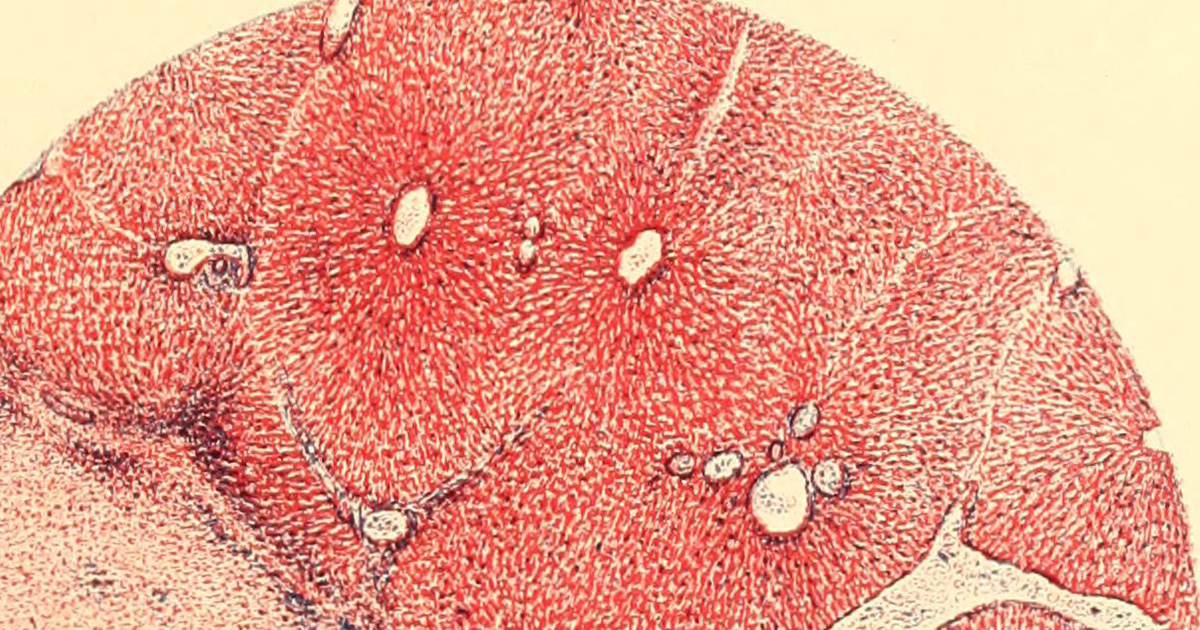
What are Pressure Sores
Pressuresores, also known more colloquially as bed sores or medically as decubitus ulcers, are created by constant pressure on an area of the skin, wounding the skin and the sub-dermal tissue. These injuries can happen anywhere on the body, but are most common where there is a more rigid area of the skin or where there is bone close to the skin surface, such as at the elbows, knees, etc. Any kind of weight on a small area of skin can cause pressure sores if the weight is constant for long enough.
Thereare two main causes for pressure sores. The first is, naturally, continual pressure on an area of skin, which can restrict the flow of blood to the tissue beneath the skin. Skin and sub-dermal tissue damage can occur quite quickly, within a couple of hours of constantpressure.
Thesecond cause is what is known as shearing, where the skin is subjected to forceful friction, removing the top layer of the skin and causing a burning sensation.
Pressuresores begin subtly, usually with a simple discolouration of the skin. The skin becomes redder and may also feel more rigid and there might be a localised itchiness or pain in the area. The sore will worsen over time and the skin will eventually break or cave in slightly. After that, the cave in will grow deeper and wider, becoming a sort of a crater and affecting the layer of fat beneath the skin. If the sore gets worse, it may extend down to the muscle or the bone and the hole in the skin will widen.
Preventionof Pressure Sores
Theprevention of bed sores is much easier than trying to heal an existing one. Rubbing the skin is not advised, as this can aggravate the injury. It is advised to check the skin multiple times per day to detect pressure sores early. The skin should be kept quite dry as any kind of bodily moisture increases the chance of pressure sores. Also, the skin should be kept as clean as possible, using gentle pressure to wash the skin around the areas that are prone to these sores. Moisturising the skin with lotions can help prevent it from drying out and cracking.
Peoplewho are prone to pressure sores can keep a record of what is happening with their skin, including any suspected beginnings of pressure sores and details of previous skin conditions. This can help doctors when they are diagnosing or treating pressure sores.




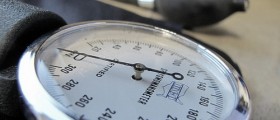
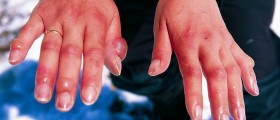



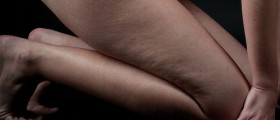


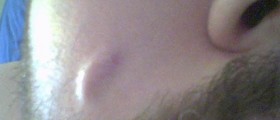


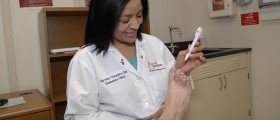
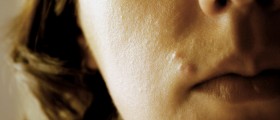
Your thoughts on this
Loading...